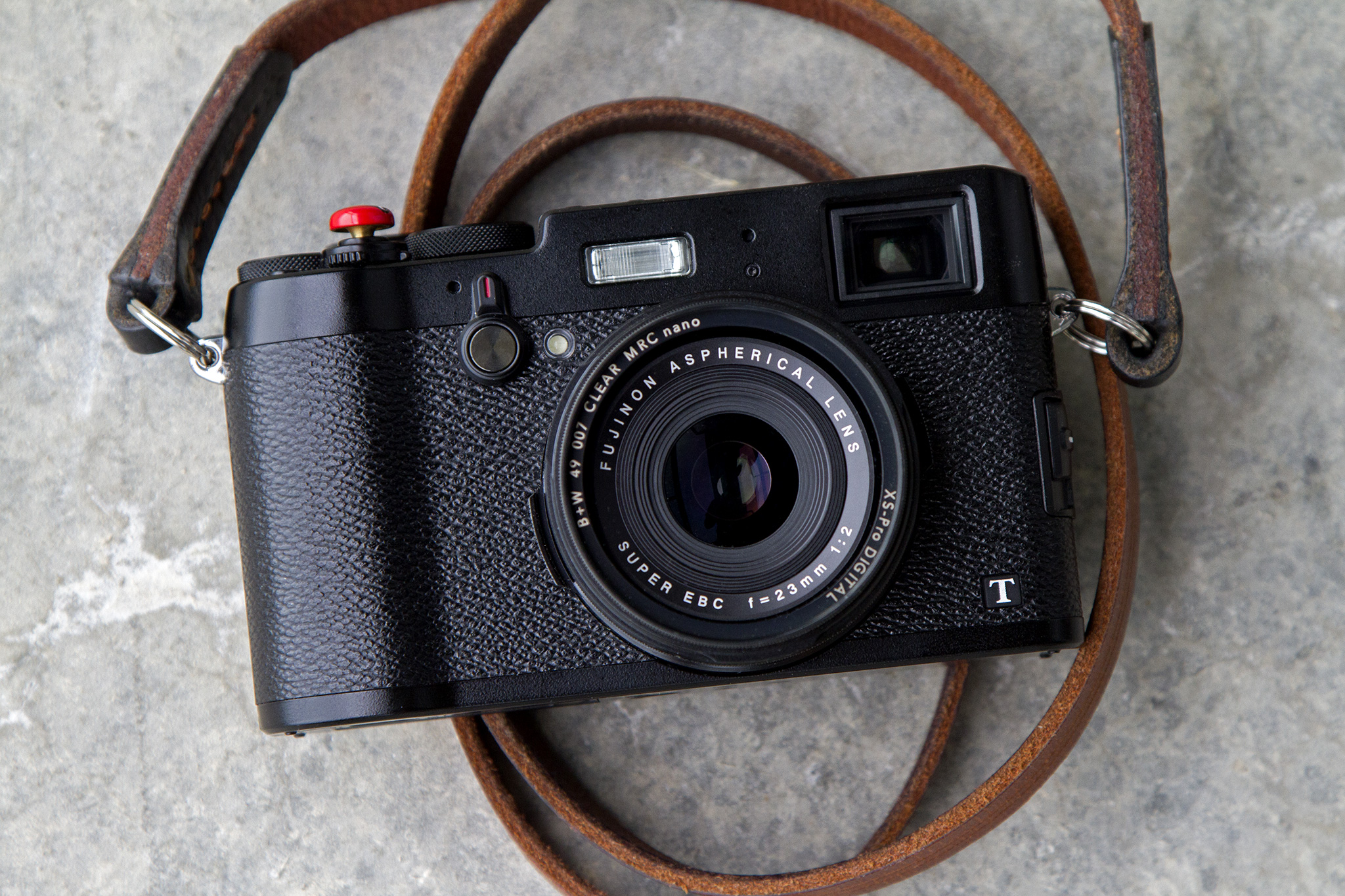Cameras come and go but when I bought a Leica M 240 I finally had a keeper. It was a beautifully crafted instrument with legendary optics that produced stunning images. So when I decided to sell the Leica and buy a Fuji X100T for street photography my friends nearly staged an intervention. But it turns out there were some very good reasons to make the switch. Hit the jump to find out why!
10 Reasons I Sold My Leica And Bought A Fuji X100T For Street Photography
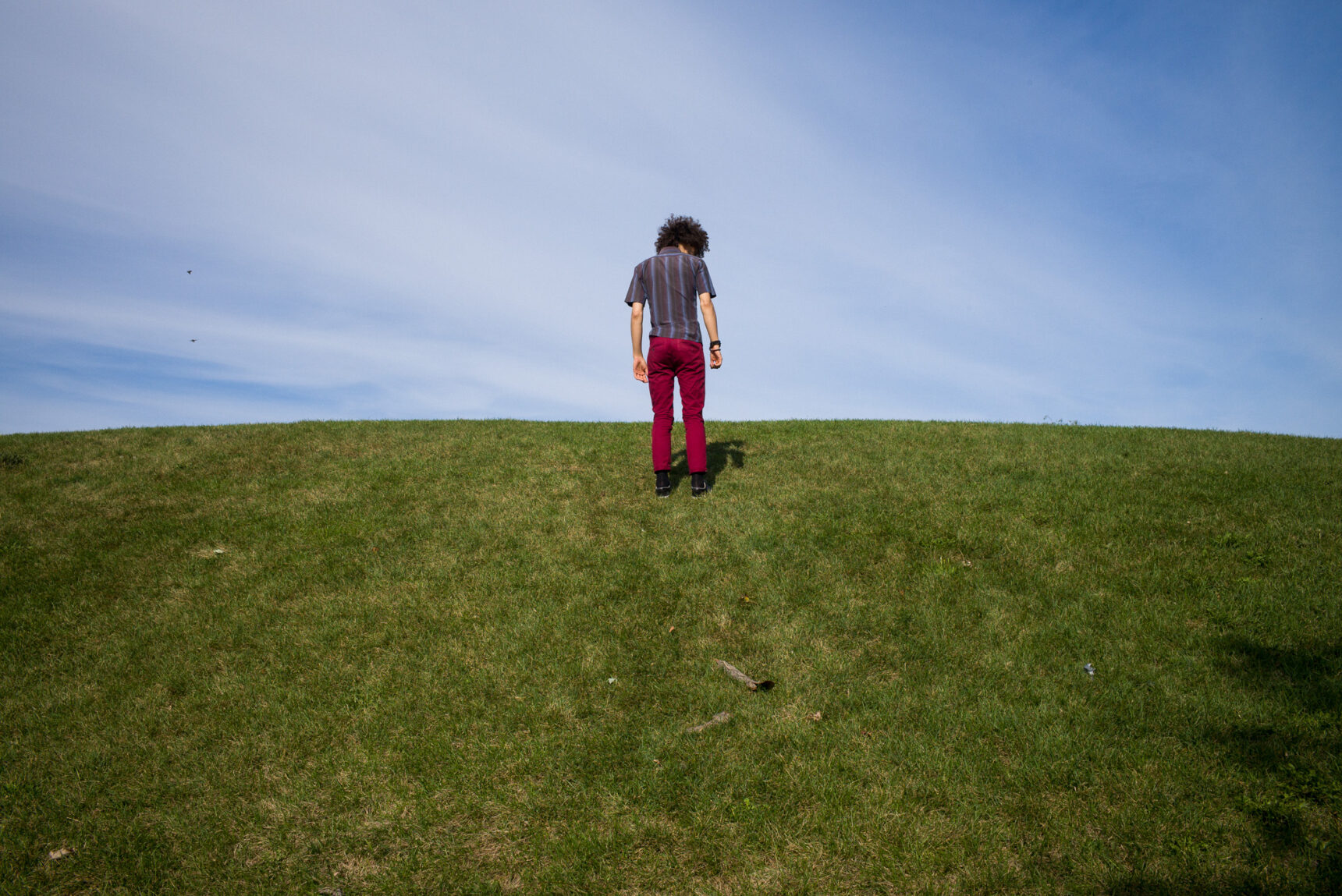
I was totally content shooting with my ultra expensive Leica M 240. It was the pinnacle of craftsmanship and design and the 35mm f/2 Summicron lens produced breathtaking results. Don’t get me wrong – I enjoyed just about everything about the Leica. But when I reviewed the Fuji X100T for the site I realized some very important things about what I need in a camera.
So after nearly 2 years of marriage, I ended up selling “my precious” and picked up a much less expensive (but equally capable) Fuji X100T. What, am I insane? Let’s look at my reasons:
My Own Fuji X100T Review Opened My Eyes
When I reviewed the Fuji X100T for StreetShootr I used the camera for a couple months to see how it actually performed as a street photography camera. And I was definitely impressed by the little guy. It was more than capable and produced excellent quality images with only a little tweaking in Lightroom. Is the image quality better than the Leica? No. But the X100T produces excellent quality images in its own regard and there aint nothing wrong with that!
The more I used the little Fuji X100T the more I wanted to use it and I developed a strange emotional bond with the camera. I found myself reaching for the Fuji over the Leica more than once and about halfway through the review I realized I hadn’t touched the Leica in weeks! So when it came time to sell the Leica the X100T was my first choice and I never looked back.
Now don’t get me wrong. The two cameras really aren’t equals in any way. The Leica is a finely crafted manual camera with manual focus lenses. It’s a precise instrument designed for photographers that want to work in a very specific way. But with some minor adjustments to the way I work the X100T produces excellent results in just about any situation.
Manual Focus Really Isn’t That Big Of A Deal
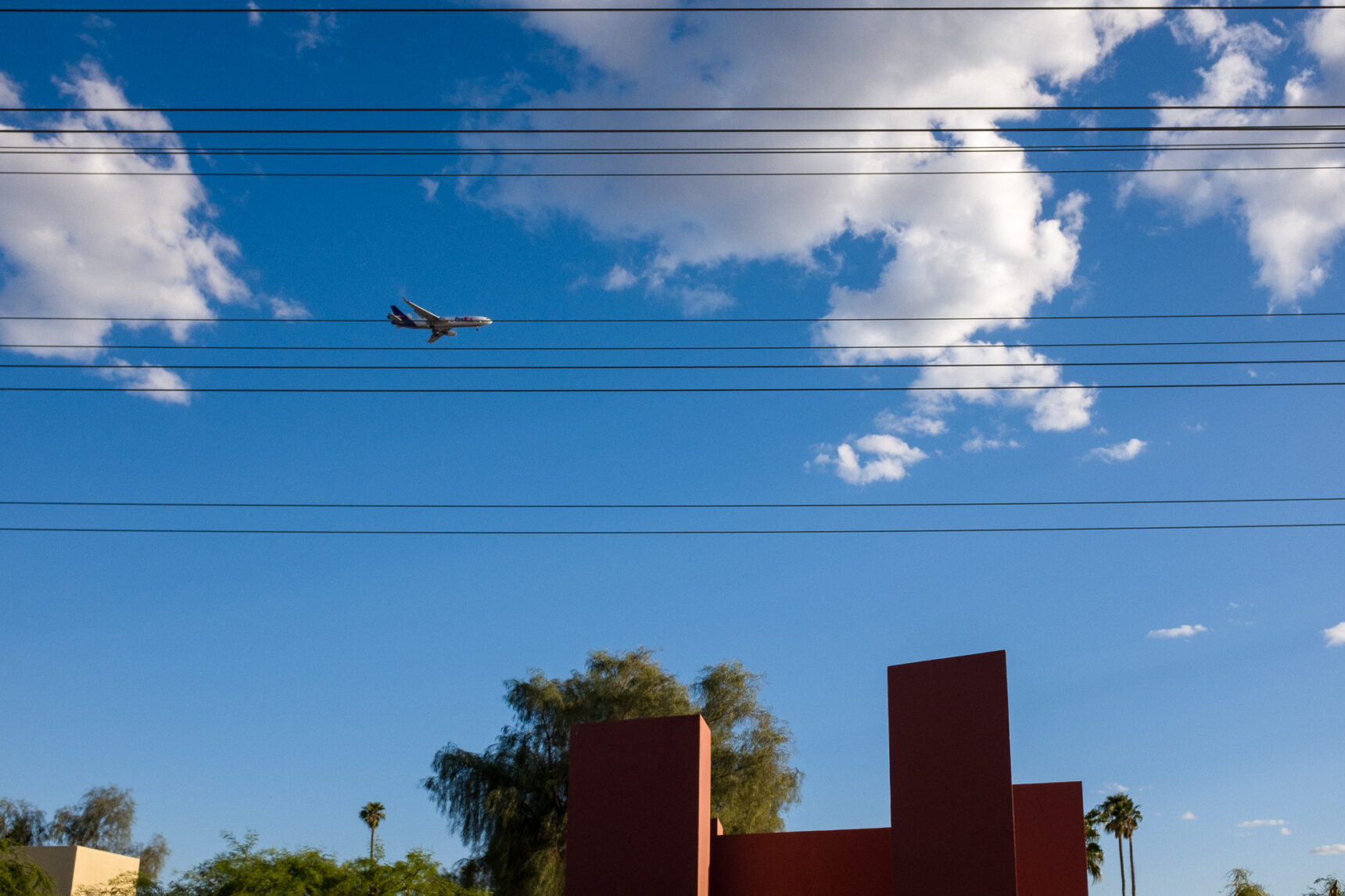
One of my favorite things about the Leica M 240 and 35mm f/2 Summicron was the fact that it was an all manual camera – including manual focus. We live in an age of autofocus everything so why would I actually WANT to use a manual focus camera? Speed.
Leica lenses have a nifty little focusing tab on the focus ring that can tell you where your lens is focused without even looking. By feel alone I could set the lens to its hyperfocal distance of 12 feet (at f/8) and I was set for most shooting on the street. If I saw something interesting happening a little closer I could swiftly and easily pull the focus to 4 feet and I was in the zone to get the shot. This means my focus was generally set before I even brought the camera to my eye. Waaaay faster than any auto focus system.
But the X100T is an autofocus camera. Yes, it has a manual focus capablity but it’s fly by wire system is generally fiddly and not particularly responsive. So I set the camera to manual focus and use “back button” autofocus to quickly set the focus distance to my hyerfocal distance for most situations. If something interesting happens a little closer I use back button autofocus again to lock onto that new target.
While I was able to quickly adapt to this new way of shooting I have to admit that it’s not quite as responsive as the Leica system. But I haven’t missed a single shot because I’m using the X100T.
The X100T Is The Perfect Size For Me
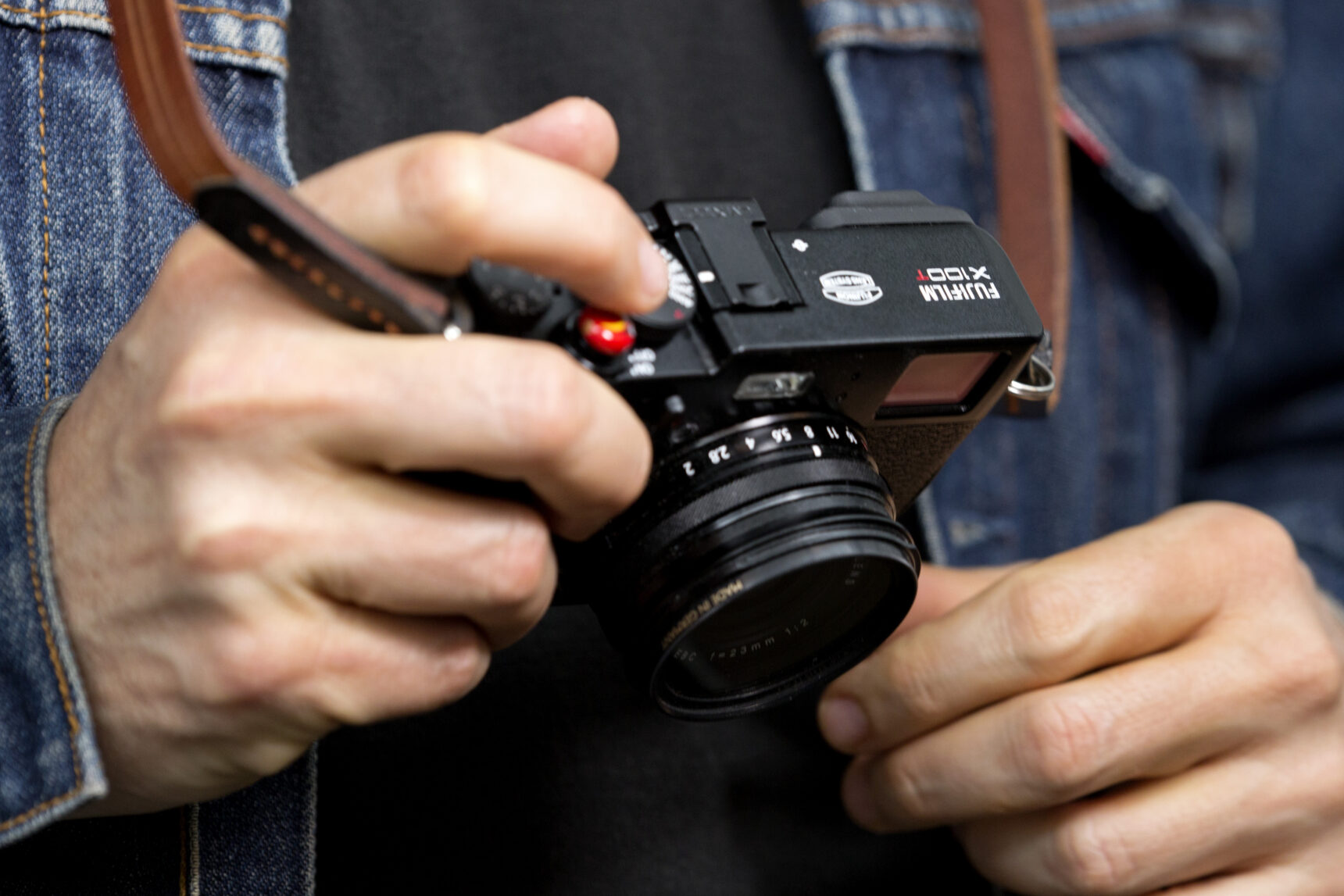
The Leica M 240 was a tank. It was ginormous. Freaking huge. And heavy. Did I mention it’s big and heavy? Sure it’s full frame and the X100T is only APS-C but when you compare the two the size difference is almost ridiculous.
The X100T is sort of the perfect size for a street photography camera and I’m finding it’s almost always around my neck when I leave the house. After lugging around the M 240 for a couple of years I can tell you the X100T is a joy to use. I barely notice it’s there until I reach for it to grab a shot.
Small and light wins the battle this time!
Peace Of Mind
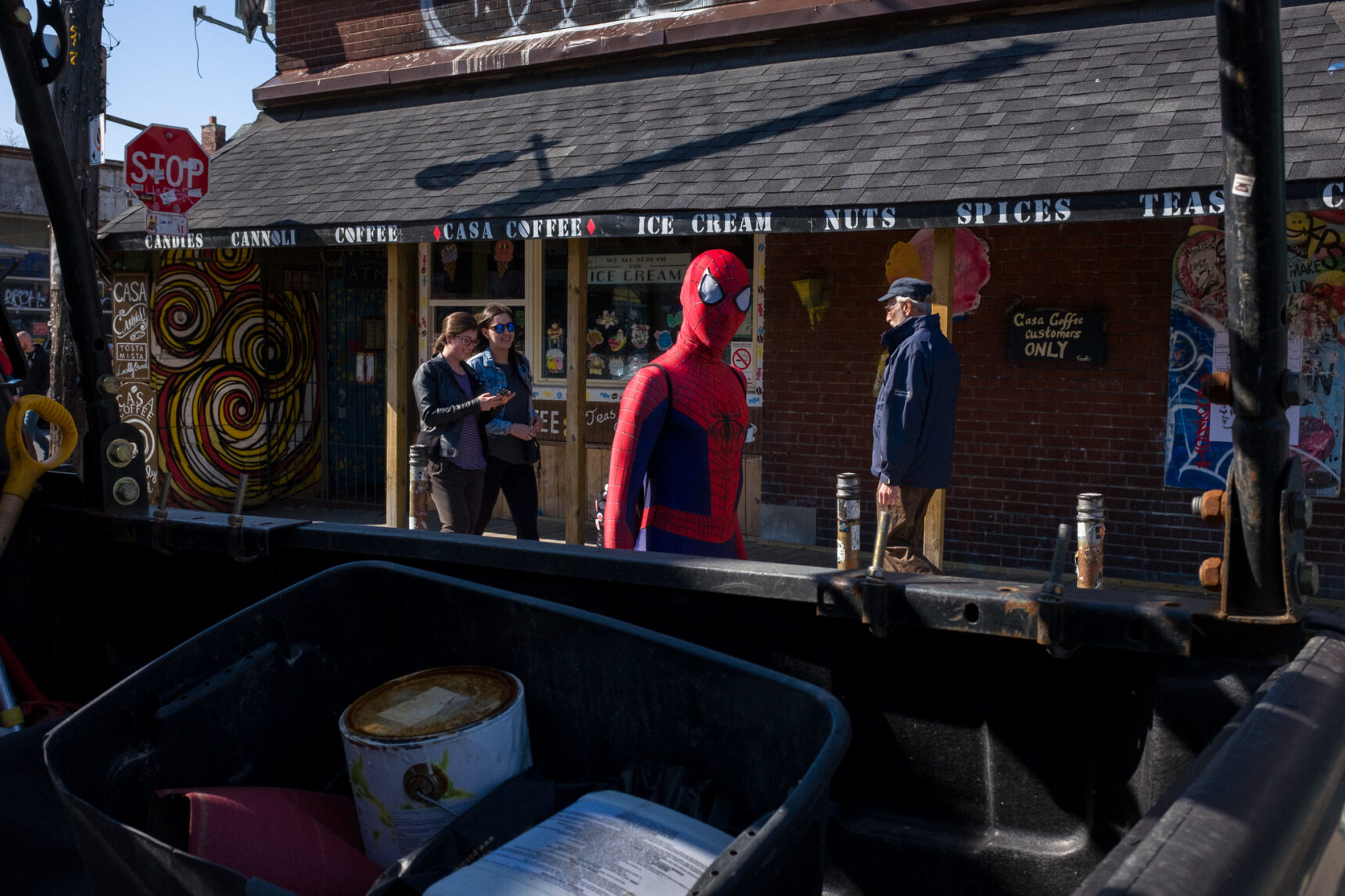
Anyone who owns a Leica knows the worry of walking around with $10,000 bucks around your neck. What if my camera gets stolen? What if I fall down and it smashes on the ground? I actually carried a floater on my insurance policy that cost nearly $400 a year – just for the Leica M 240!
The Fuji X100T is an unassuming little camera that doesn’t attract a lot of attention and it’s not the end of the world if it gets banged up or even stolen. $1099 is still a hefty price for a camera but it’s a far cry from Leica prices. I can finally relax and just think about shooting when I’m out on the street.
It’s So Damn Quiet
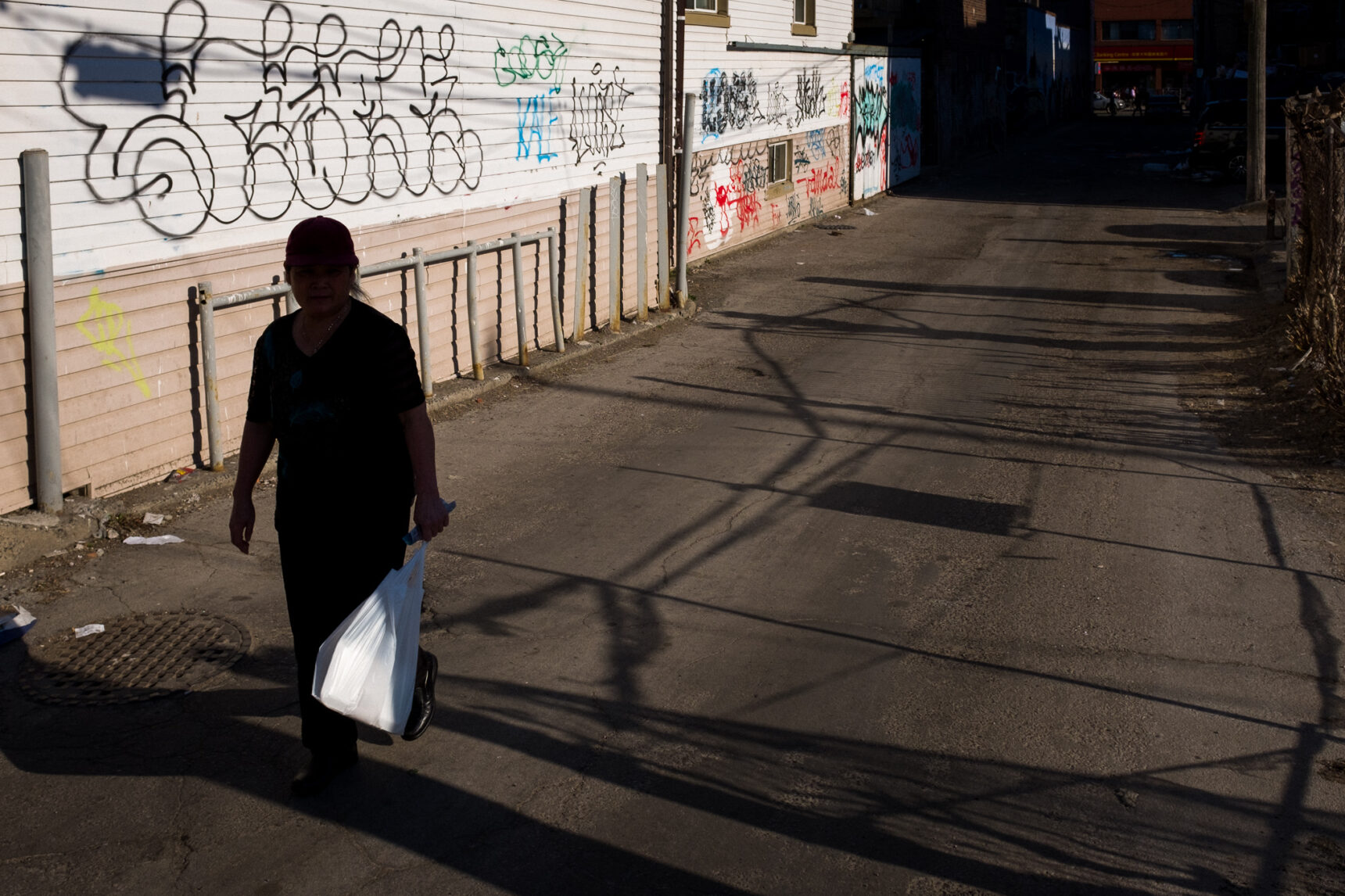
The Fuji X100T (just like all Fuji X100 cameras to date) uses a near-silent leaf shutter that’s about as stealthy as you can get. No, it doesn’t make you invisible but you never have to worry about the shutter sound attracting attention on the street. I know a couple of X100 street photographers who actually keep the fake electronic shutter sound turned on when they shoot just so they know that an exposure has happened.
I personally hate those fake shutter sounds and I’ve found I can feel a light click when the shutter goes off so it’s rarely an issue for me. And I love the fact that I can shoot quietly and never have to worry about the shutter sound disturbing the scene.
It Has A Built In Flash
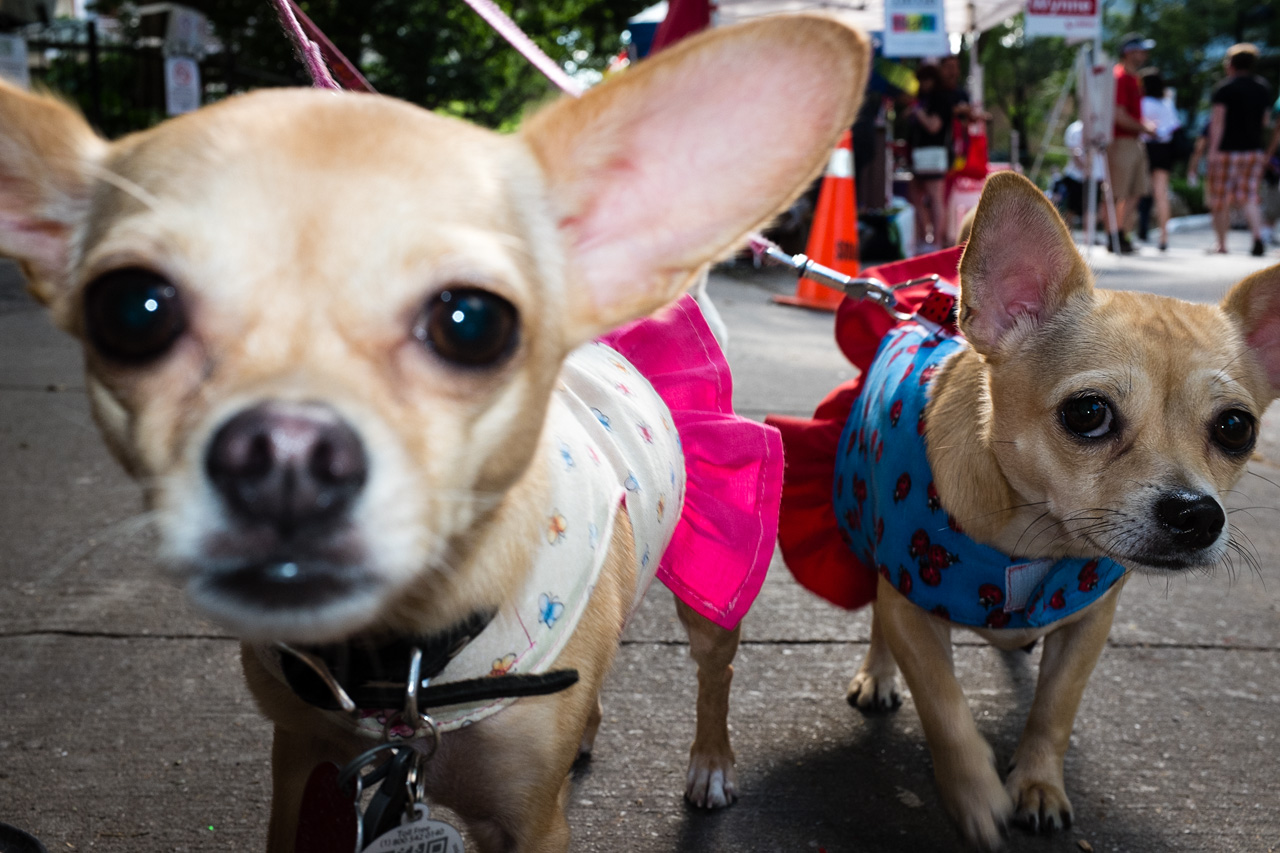
The X100T has a built in flash can easily be used as fill in most street photogrpahy situations. But what about the times when you want a bigger flash? The X100T has a commander mode that will trigger your off camera flash in slave mode. This means you can keep your thumb grip attached to the body and still shoot flash.
Yes, you can easily add a flash to any camera including the Leica M 240. But the built in flash has saved my butt more than once and while this feature wasn’t at the top of my list it’s still a nice addition to an already excellent little shooter.
Flash Sync At Any Shutter Speed
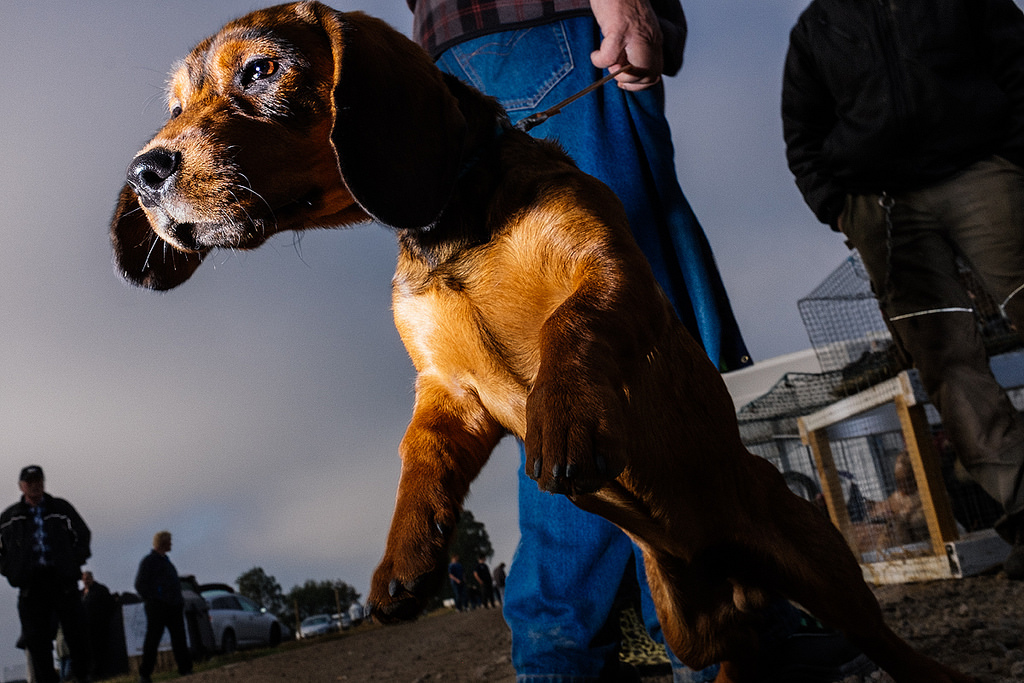
And speaking of flash street photography, the X100T’s leaf shutter means your flash will sync at any shutter speed. This makes balancing daylight to flash a breeze and explains why so many flash street guys love shooting with an X100/s/t!
The Leica’s flash sync was locked at 1/180s which meant to shoot at f8 in full sunlight I had to crank the ISO down by approximately three stops. I normally shoot at ISO 400 (old habit from the film days) so that means shooting at ISO 50 or lower depending how I balanced the flash to daylight. Easy enough to do but an extra step that often left me fumbling with the camera when I should be shooting. With the X100T I can adjust the shutter speed to affect the background brightness and just keep on shooting.
This, I like.
The Hybrid Viewfinder Is A Gateway Drug
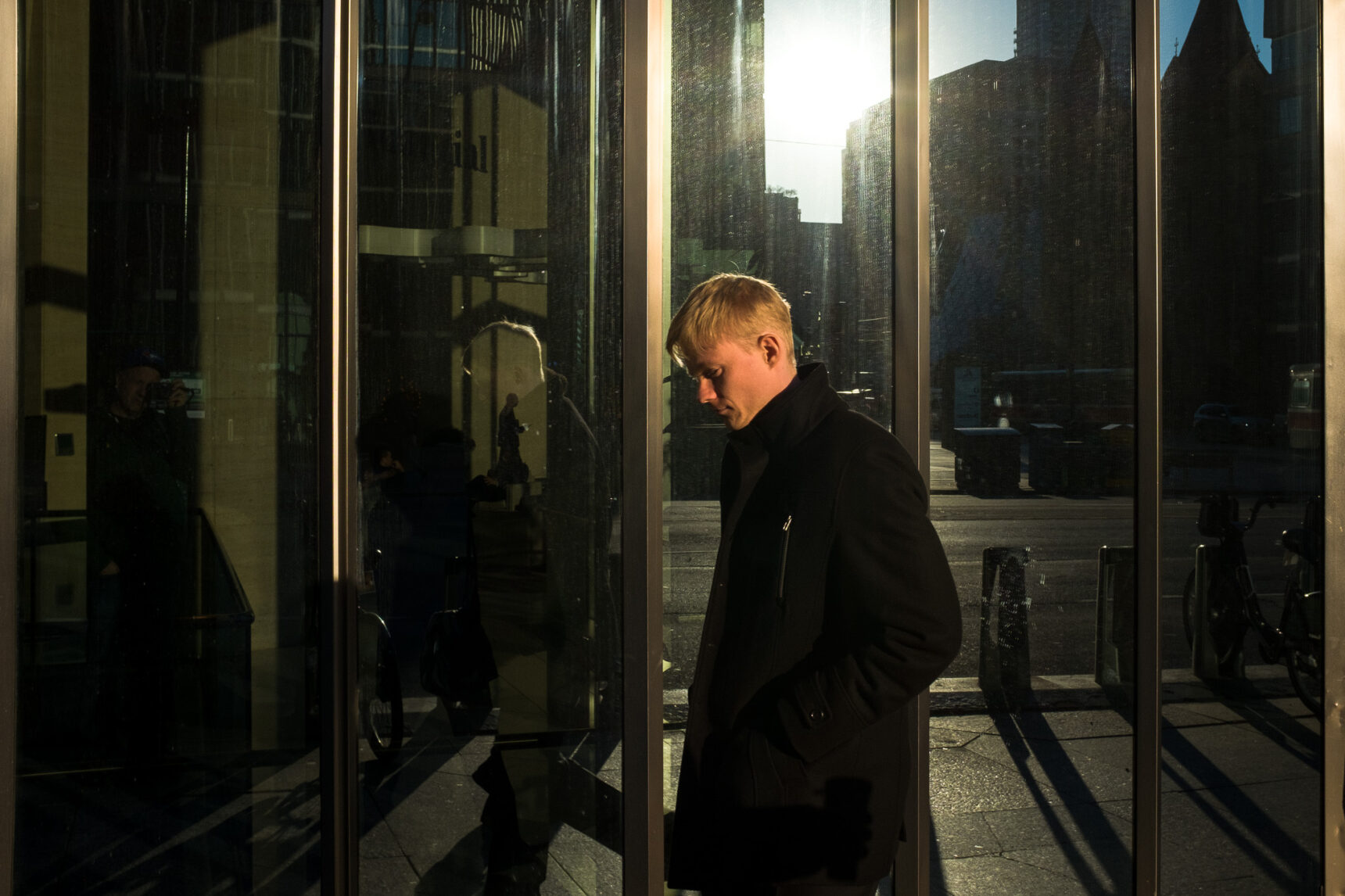
The X100T sports the coolest version of Fuji’s Hybrid Viewfinder to date. You can use it as an optical viewfinder, or flip a switch and turn it into an electronic viewfinder. There’s even the in-between “Electronic Rangefinder” mode that lets you view the scene optically with a small EVF patch in the lower right corner to aid with focus.
The Leica M 240 is a digital rangefinder which means you view and focus on your subjects using the optical viewfinder. Sure, sure.. They have an external wart of a EVF that you can attach to the camera but it’s expensive and hideous and most Leica guys would rather stay at home than walk around with that thing attached to their camera.
I can say that I drank the Leica Kool-Aid and for the longest time I swore by the OVF. It was “always on” and you were able to see a little bit outside of your active frame so you can anticipate the action before enters happens. In theory this gives you more control over the final image but when you’re shooting 35mm you can’t see that much outside the frame in the viewfinder and I can’t recall ever using the OVF in my Leica in that way.
The reality is that Leica rangefinders (and the optical viewfinders that contained them) were compromises for not being able to see through the lens when focusing. This was the tradeoff Leica made for having such compact bodies and for the longest time it worked. But it’s now the 21st century and EVFs have gotten good enough that they can easily replace the optical experience for most people.
To be honest, I started off using the X100T as an OVF only camera. But I started fiddling with the EVF from time to time and I slowly warmed to the idea that you can see what your final image is actually going to look like in the viewfinder. Both in terms of perspective and exposure. This unlocked many creative opportunities for me and I find that I’m using the X100T exclusively as an EVF camera these days.
It sucks up the batteries like crazy but that’s just the way it is.
That APS-C Look
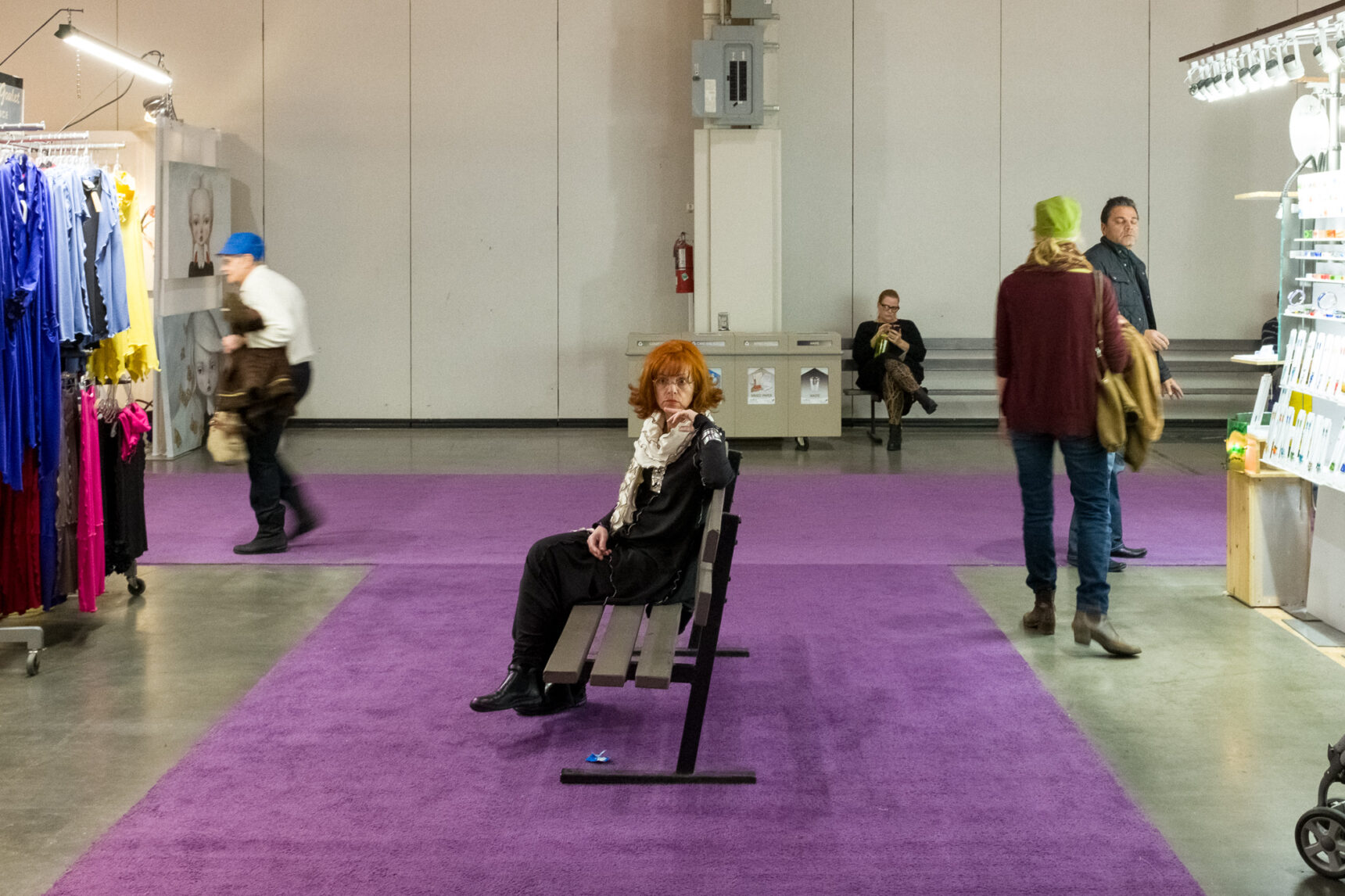
I know, I know… We’re supposed to think that full frame sensors are automatically better than APS-C. Bigger pixels, larger photo sites. Bla bla bla.
But APS-C sensors have come a long way and there’s little if any appreciable difference in image quality. The real difference is that APS-C sensors need wider angle lenses to get the same field of view as their full frame counterparts. So an APS-C camera uses a 23mm lens to get the same field of view as a 35mm lens on a full frame camera.
And this is where it gets interesting. Wide angle lenses expand the space in a the scene so that objects in the background appear a little farther away than they did in real life. This effect is more pronounced with a 23mm lens than with a 35mm lens and even though the difference is quite subtle it affects the way the images feel.
UPDATE: A wide angle lens has the practical effect of expanding the space in a scene when you keep your subject the same size in the frame. I didn’t specifically state this in the original article because street photography is subject based and the effect is self-evident. This sparked a heated debate in the comments. For all practical purposes the meaning of the article remains the same but I wanted to make this clear.
I’m a fan of the enhanced depth perception wider angle lenses introduce. It creates an almost cinematic sense of place with foreground, midground and background taking on substance within the shot. Jack Simon is one street photographer who makes great use of this effect to create an atmospheric sense of place in his images.
Fuji Colors And That X-Trans Sensor

A lot has been said about Fuji’s X-Trans sensors over the years and photographers are either passionately for or against the technology. In short, Fuji has modified the way that red, green and blue pixels are laid out on the sensor to minimize color moiré so there’s no need for an optical low pass filter. This means images that can resolve well beyond the megapixel count of the sensor.
Images from the X100T are punchy and have an almost 3d quality that I rarely see from other digital cameras. And this sensor has incredible latitude especially in the highlights. This lets you expose for the shadows and print for the highlights just like traditional negative film and gives you a certain amount of versatility in post but there are practical limitations before skin tones start looking a little “plastic”.
That’s not to say that the sensor in the Leica M 240 is any slouch. In fact with a bit of fiddling in Lightroom I was able to get fantastic results from my M 240 raw files. But when you compare the two it’s hard to give the edge to one or the other. They both have qualities that are nice so it’s really a matter of personal taste and what you’re willing to spend.
For the money, it’s hard to beat the X100T for image quality. It was definitely good enough to make me question the Leica. And that’s nothing to sneeze at!
What About The X100U (Or Whatever It’s Going To Be Called)
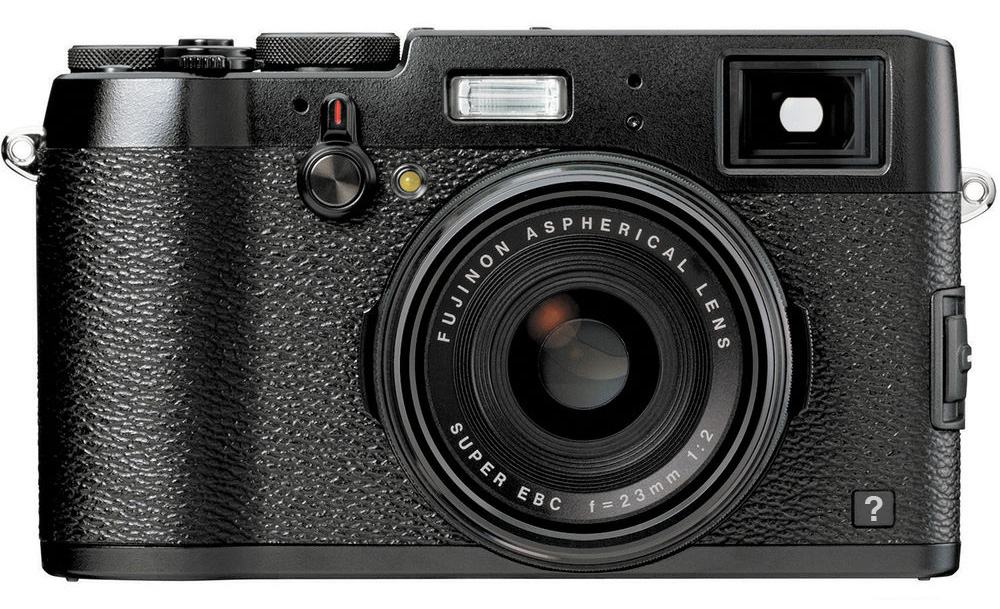
Chances are that a new X100 is on the horizon. But that doesn’t change the usability of this camera. In fact it’s a great time to buy an X100T because the prices are excellent. The new version will have some improvements and some new features and I’ll probably get one when it becomes available. But I needed a camera that was currently available and X100T doesn’t stop being usable the second a new model is released.
After using the X100T for a few months I do have a few things that I’d love to see in the next version:
- Same 24MP sensor as the X-Pro2.
- Higher resolution electronic viewfinder.
- Higher quality optics in optical viewfinder.
- New battery system with higher capacity batteries.
- Better build quality – full magnesium body instead of just top and bottom plates.
But by all means keep the same form factor. The Fuji X100 series has redefined our expectations of what a compact camera can be and there’s no point messing with a winning formula!
At The End Of The Day
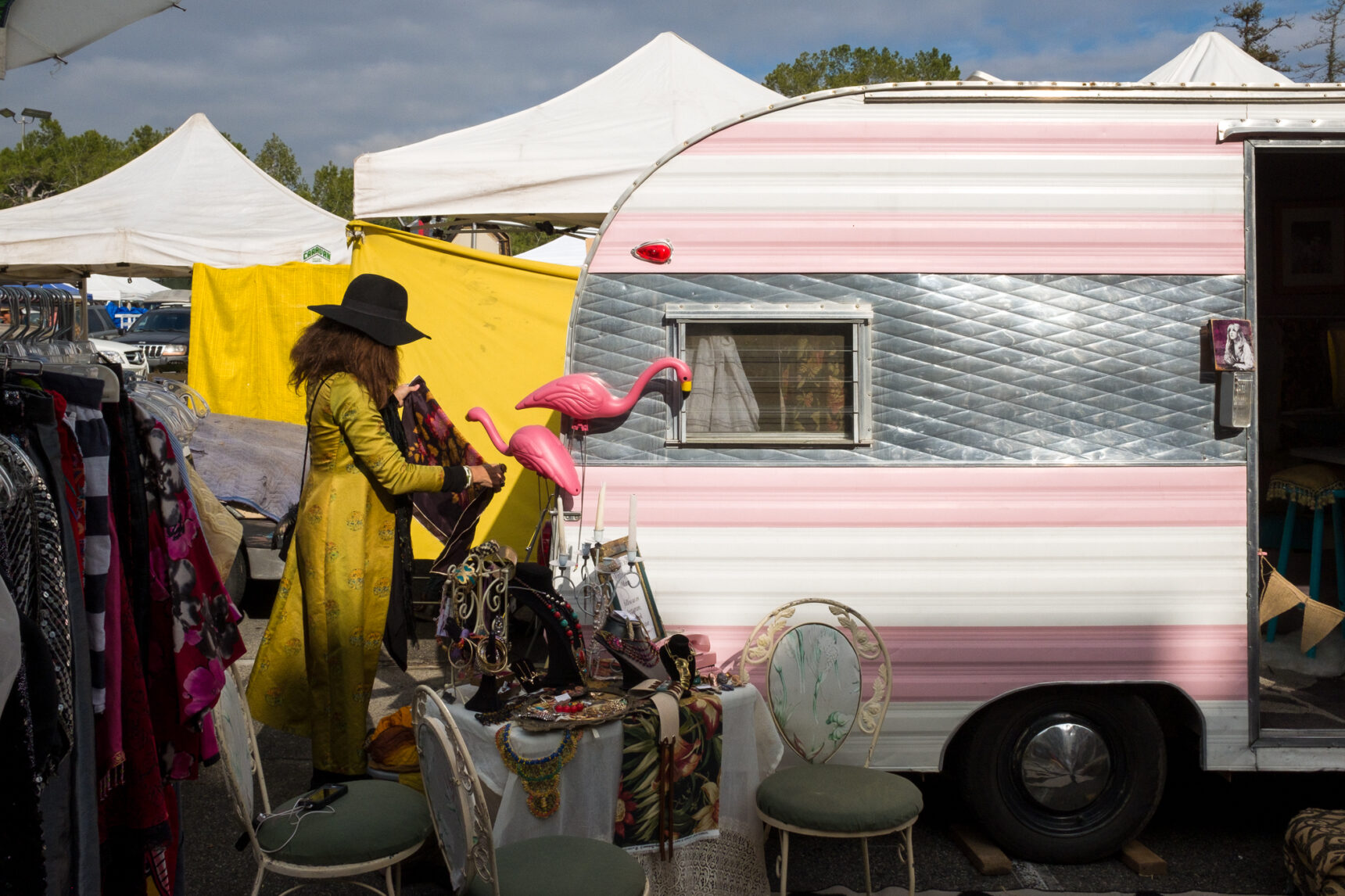
Let’s face it. If money were no object I’d probably still be shooting with a Leica M 240. But this is the real world and when things got tight a few months back I started thinking really hard about my priorities when it comes to photography. A new Leica M 240 (with a 35mm f/2 Summicron lens) sells for $9,990 bucks new. That’s ten thousand dollars! At current prices you could buy 9 Fuji X100Ts and still have enough money to take your bestie to dinner. Or you could just buy 1 Fuji X100T and go on the street photography trip of a lifetime.
There’s no doubt in my mind that the Leica M 240 is better than the X100T in a lot of ways. But it’s not that much better. And when you consider the price difference you really have to question the value added by the red dot.
Do I miss shooting with the Leica? Sometimes. The images from the Leica M 240 had a clarity that’s difficult to describe but I’ve never seen it duplicated from any other camera. But at the end of the day I’m shooting with the X100T a lot and I’ve never thought, “That shot would have been so much better if I shot it with the Leica.”
Will I ever get another Leica? Maybe, but for now I’m super happy shooting with the X100T!
The Fuji X100T is available online at your favorite retailer:
Fuji X100T at B&H (Black)
Fuji X100T at B&H (Silver)
Fuji X100T at Adorama (Black)
Fuji X100T at Adorama (Silver)
Fuji X100T on Amazon (Black)
Fuji X100T on Amazon (Silver)
What’s your take on Leica vs. Fuji? A ridiculous comparison considering the quality of Leica optics? Or a reasonable take on the inherent value of the little Fuji that could? Post your ideas in the comments below and keep the conversation going!

